United Airlines Flight UA1727 encountered an unexpected challenge during its departure. The Boeing 737 MAX 9 struck a coyote shortly after takeoff, prompting the flight to return to the airport for safety. Fortunately, all passengers and crew remained unharmed. The swift decision by the flight crew ensured minimal disruption and safety for everyone onboard.
This incident sheds light on the ongoing risks that wildlife poses to aviation. Although wildlife strikes commonly involve birds, encounters with terrestrial animals, like coyotes, are becoming more frequent. Coyotes are increasingly adapting to urban environments, including airports, where they present a unique challenge to airlines and airport authorities. Wildlife management programs are critical in mitigating such risks.
After the emergency landing, the aircraft underwent a thorough inspection. The passengers were then transferred to another plane to continue their journey. Despite the disruption, the airline’s prompt response minimized any further delays, showcasing their dedication to passenger safety and timely travel.
Airports have long struggled with wildlife management, and this incident highlights the importance of innovation in addressing these challenges. While bird strikes are often the focus, ground animal encounters also pose a significant risk. To address these concerns, airports employ various strategies such as habitat modification, monitoring by wildlife control teams, and advanced detection technology to minimize the likelihood of such strikes.
As the aviation industry evolves, managing wildlife risks remains a priority. United Airlines, along with other carriers, continues to enhance its safety protocols to ensure a secure and efficient flying experience for all. This event serves as a reminder of the unpredictable nature of aviation and the importance of vigilance in mitigating any potential risks.
Related stories:
Catch up on the top stories and travel deals by subscribing to our newsletter!

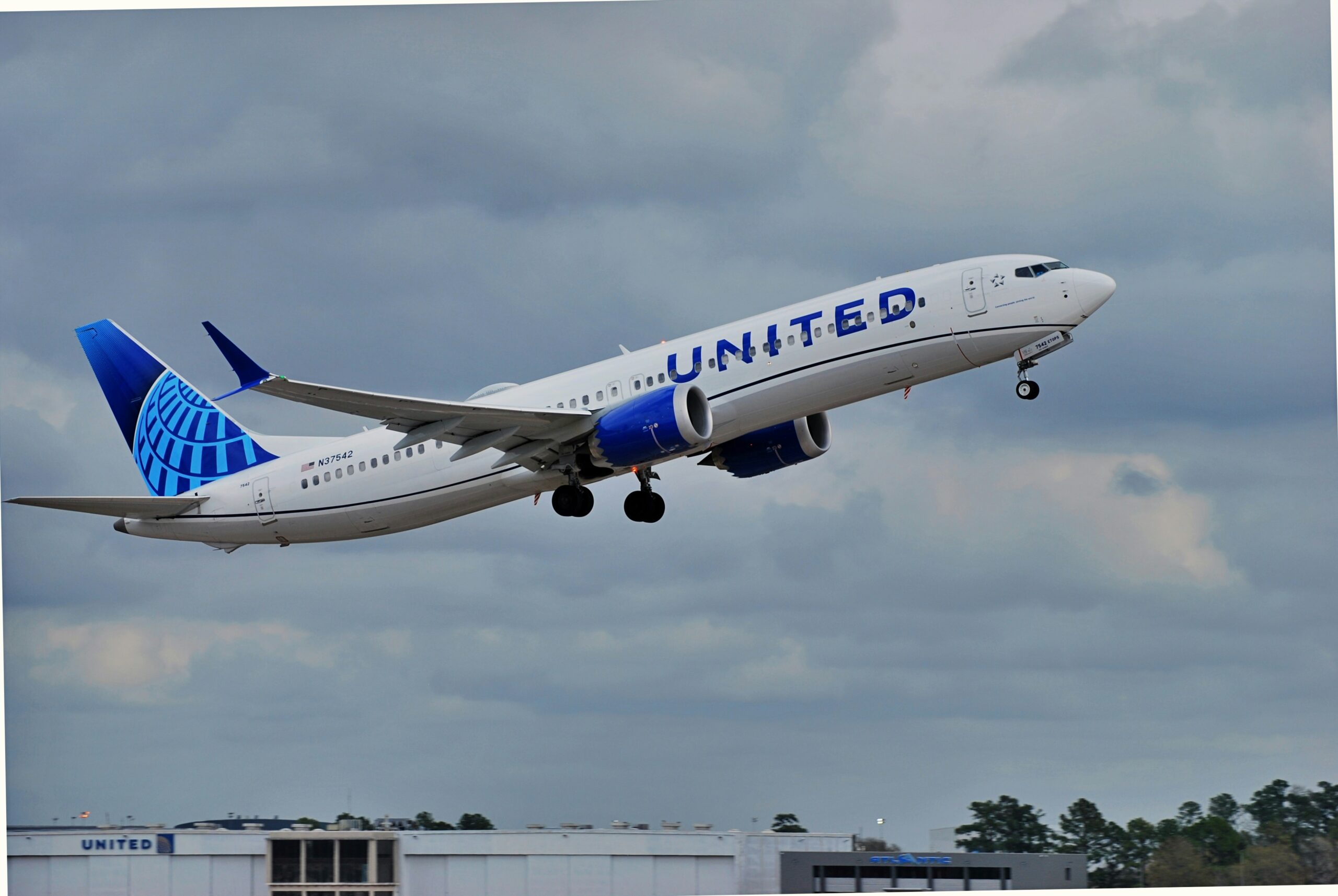

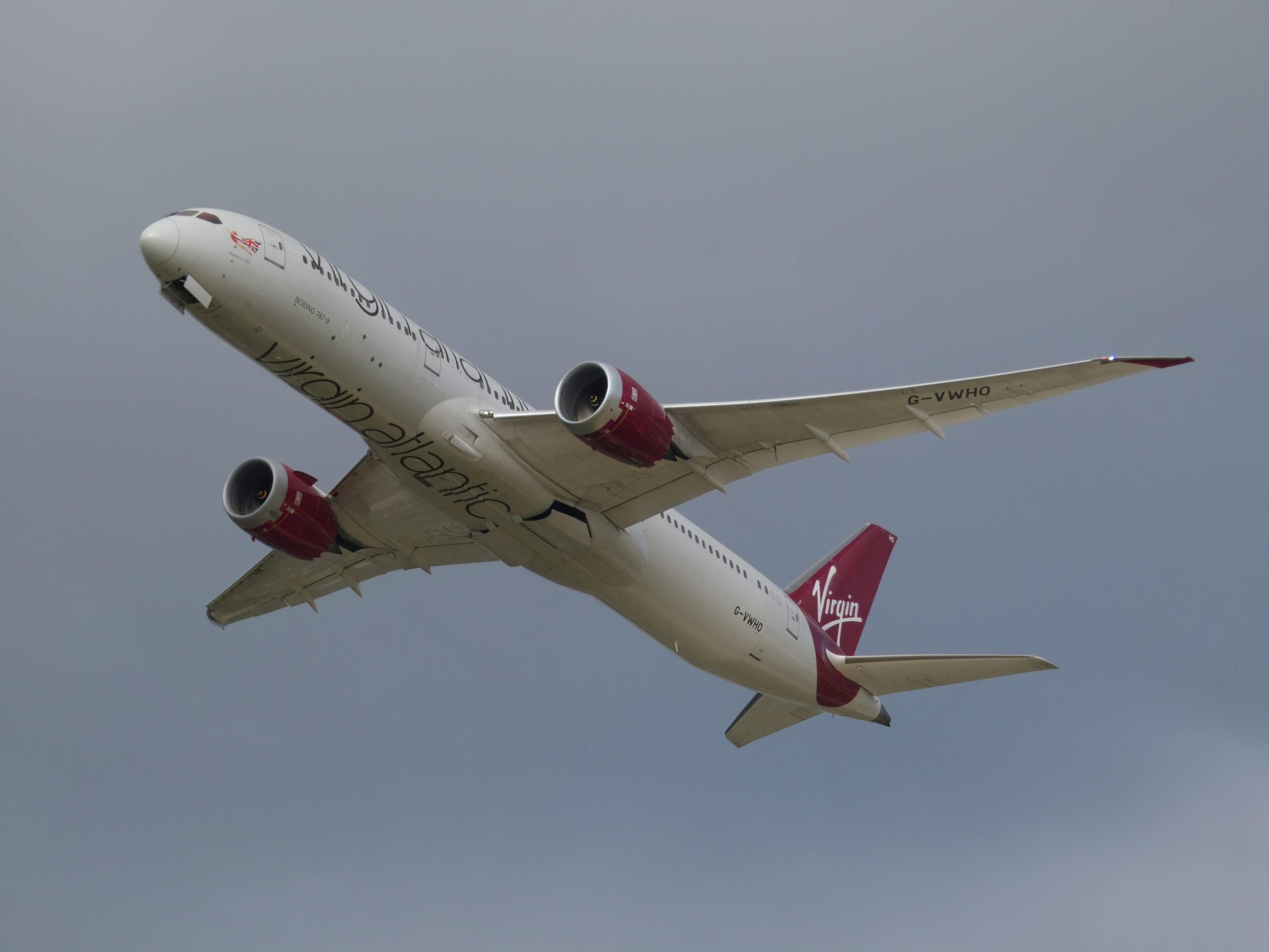
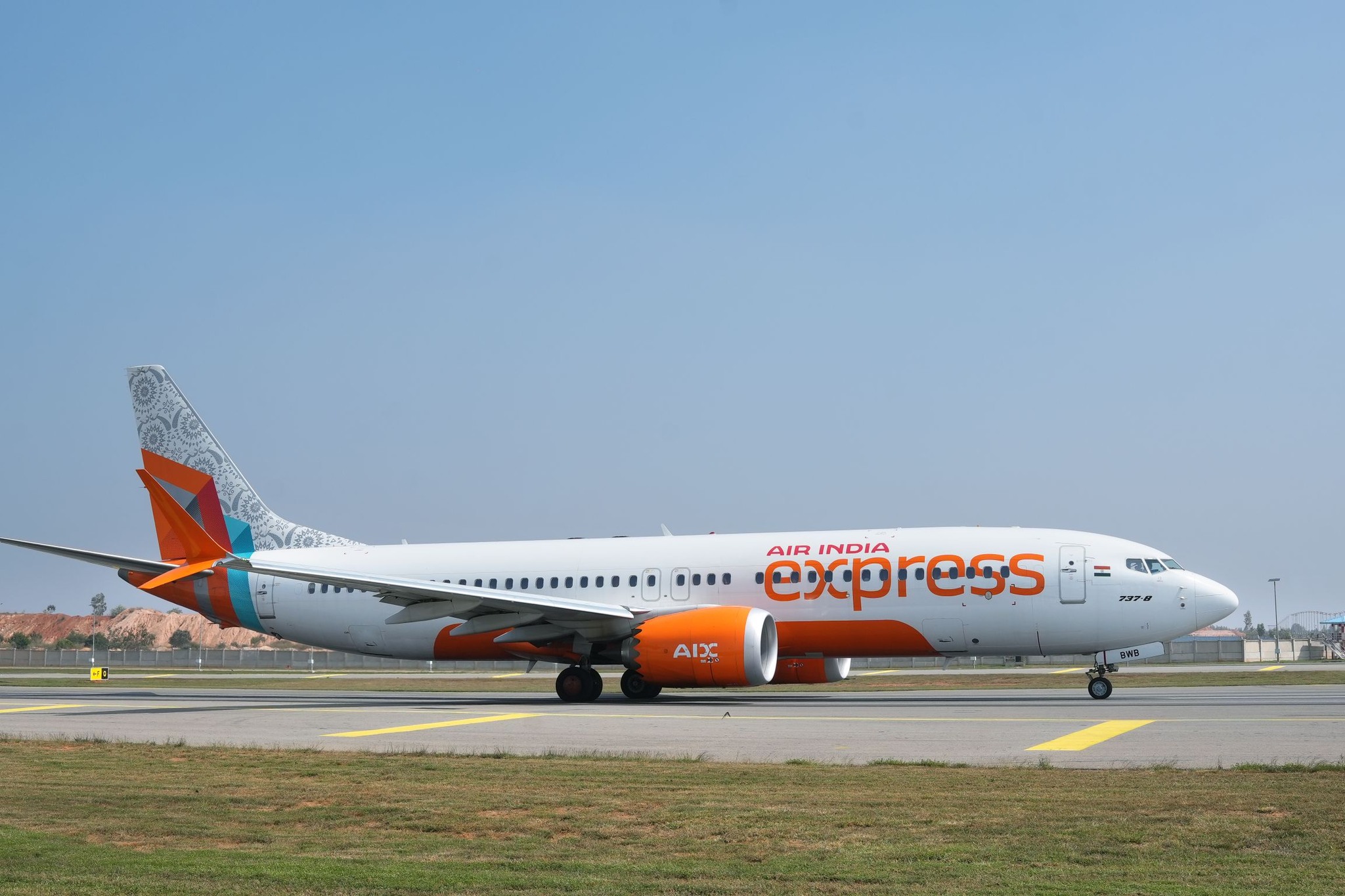
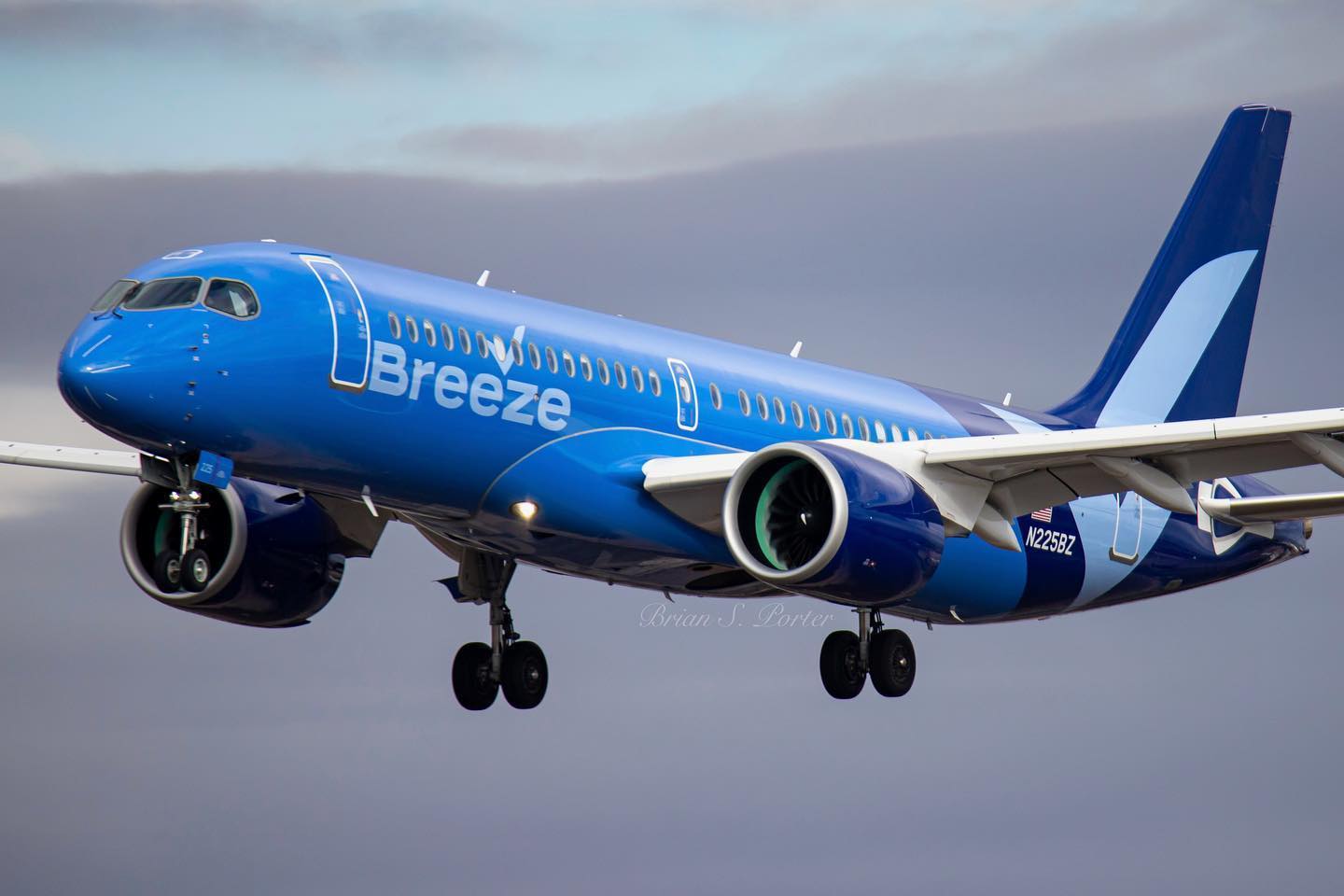
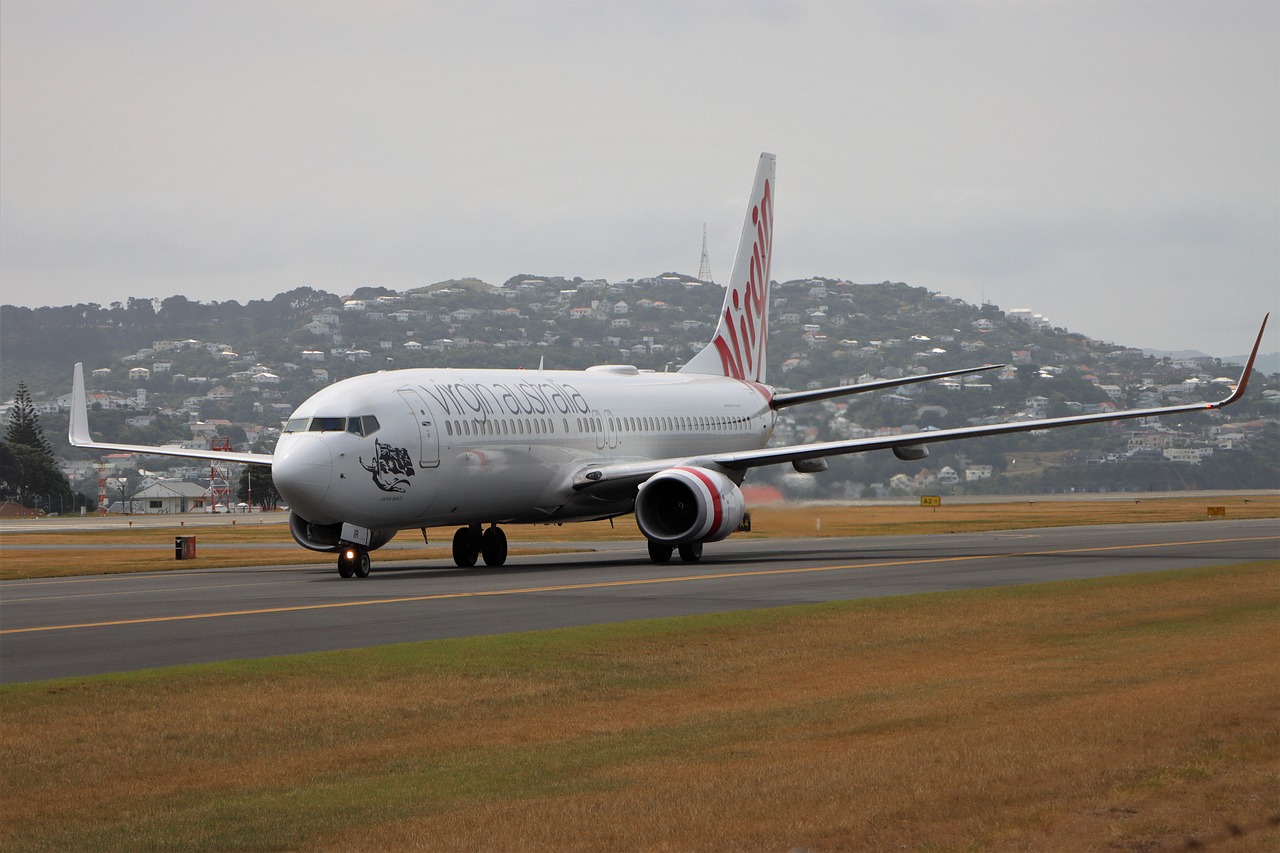
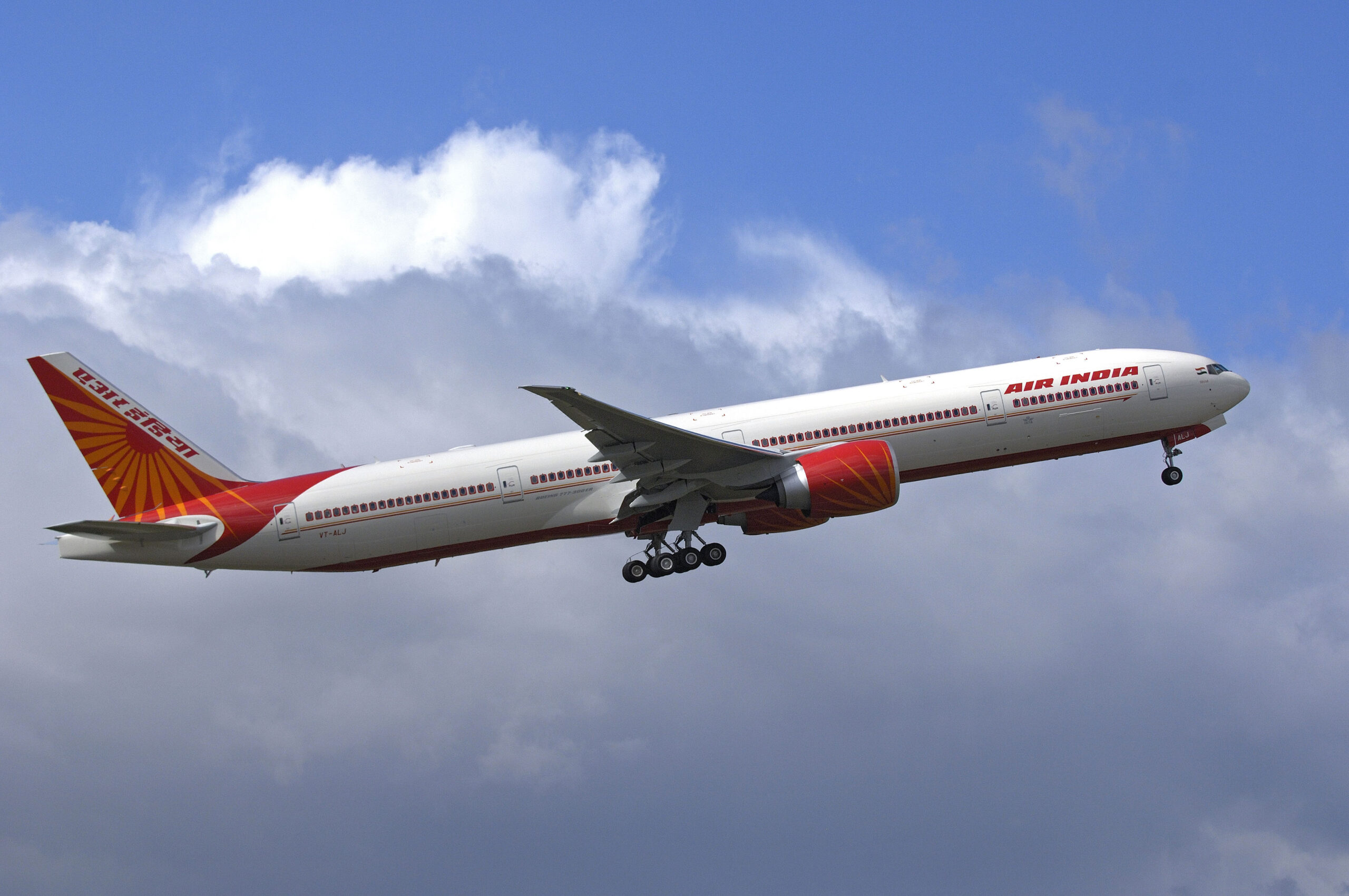

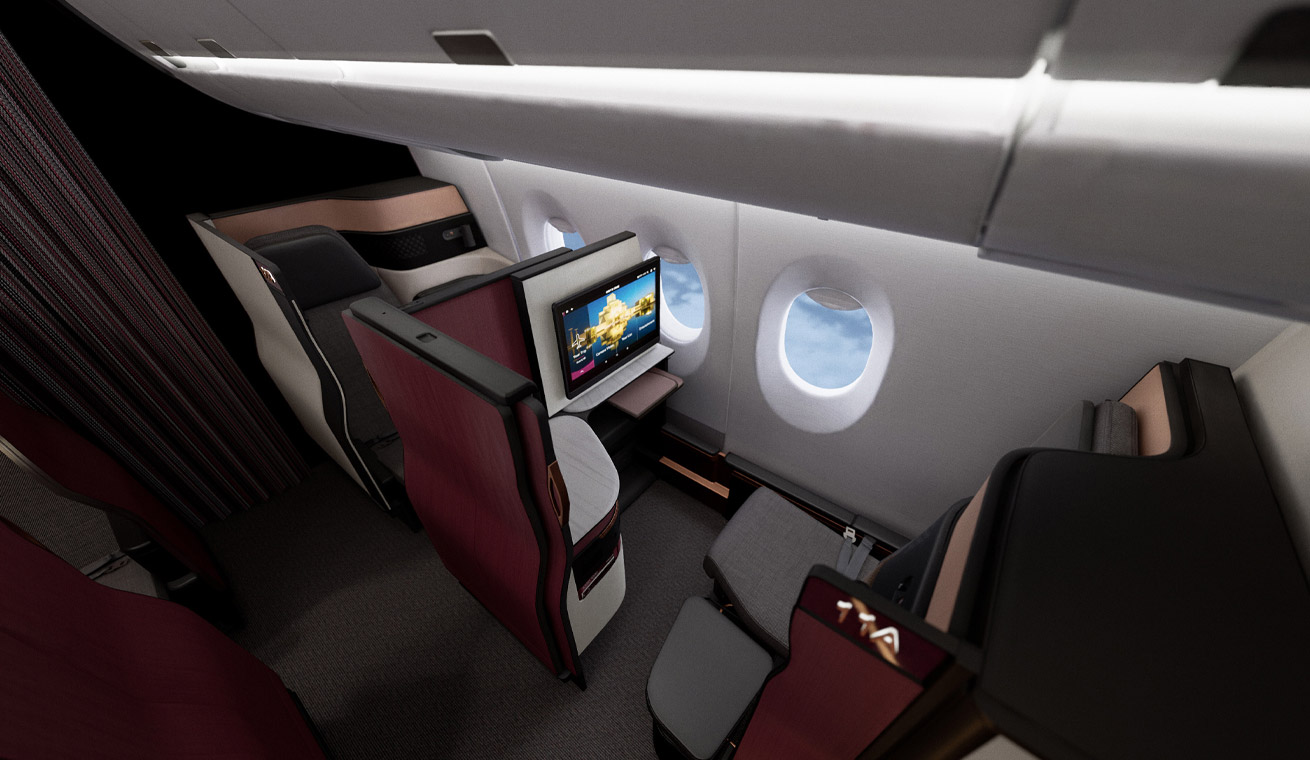


Leave a Reply